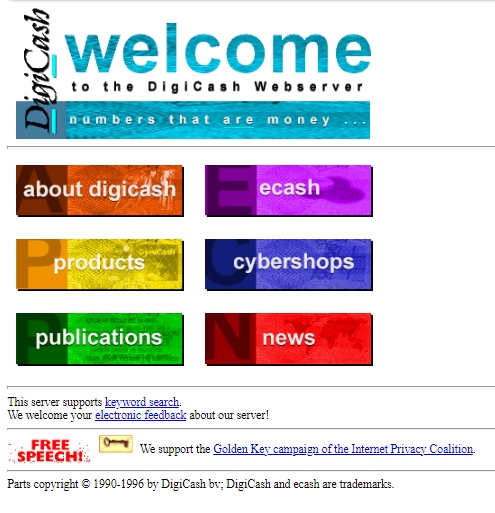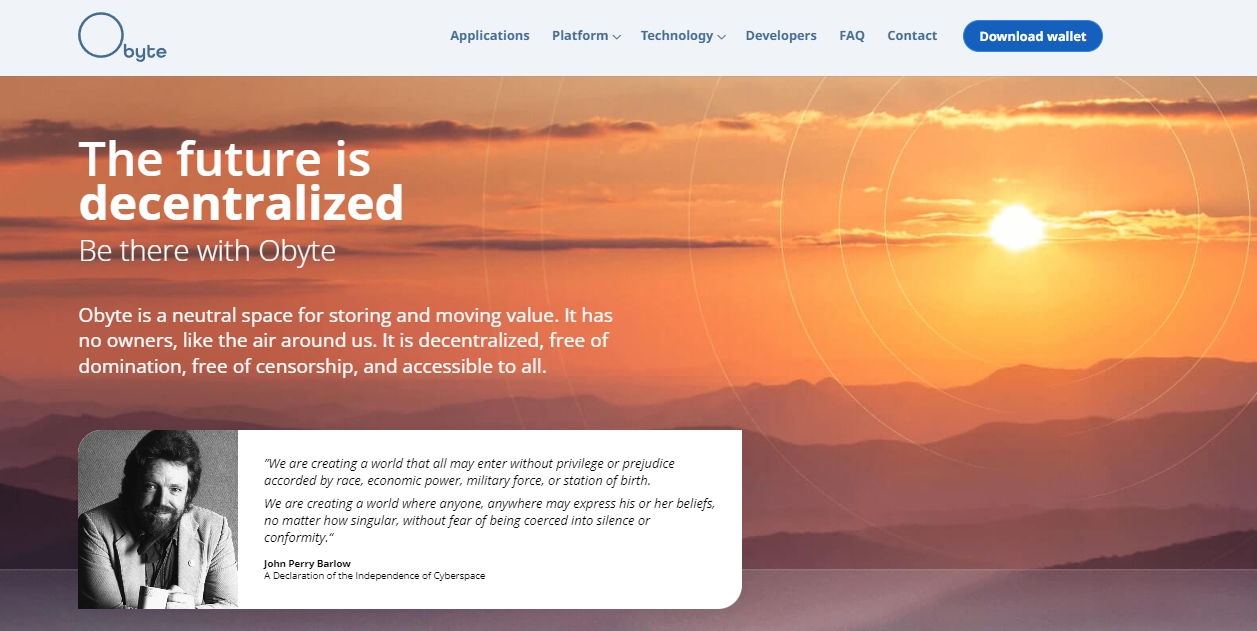and the distribution of digital products.
Aembit Unveils 2024 Survey Report Highlighting Major Gaps In Securing Non-Human Identities
\ Everything is digital these days, and that, of course, includes our money. It’s less and less typical worldwide to pay with physical cash or coins, instead preferring some kind of virtual transaction. It’s just more practical, even safer if we think about physical assaults. On the other hand, not all electronic money works the same or offers the same features.
\ We need to have this in mind for the sake of our financial privacy and autonomy: electronic money isn’t the same as cryptocurrencies. Instead, we can say that cryptos are barely a type of electronic money, which is more of a category than a single thing. Electronic money or e-money refers to digital forms of currency used for online transactions and stored in electronic devices or systems, such as bank accounts, computers, or digital wallets. The category encompasses various forms, including cryptocurrencies, transfers with digital fiat (national) currencies, Central Bank Digital Currencies (CBDCs), and e-money services, each with different underlying technologies, issuers, regulations, and use cases.
\ An important factor to distinguish among these types is the centralization (or not) of these systems. This way, the e-money can be centralized, like fiat currencies and CBDCs, where a central authority (e.g., a government or bank) controls issuance and regulation; or decentralized, like cryptocurrencies, where a distributed network manages transactions and governance without central oversight.
\
A bit of history\ David Chaum, a renowned cryptographer and cypherpunk, is considered the inventor of electronic cash. In 1983, he published the paper "Blind Signatures for Untraceable Payments", which would later be used to build the first-ever e-money system available for public use: Ecash. The company Digicash handled this type of anonymous electronic money until its bankruptcy in 1998 —but that would only be the beginning.
\
Other exponents would join over the years. From 1996 to 2009, e-gold, a gold-based digital currency, amassed millions of users before being shut down by the U.S. government. By 1997, Coca-Cola introduced mobile payments for vending machines, and PayPal began offering its USD-based service in 1998. All of the above were fully dependent on banks and governments, though. Money still came from the same ultimate source: a national central bank.
\ The landscape changed significantly with the advent of Bitcoin in 2009, which introduced decentralized digital currencies. These cryptocurrencies are distinct in their resistance to government regulation due to their lack of a central controlling entity. In other words, there are no companies or closed groups behind their control, but only a global network of computers controlled by their owners. This setup ensures that no single entity has control over the currency, making it more resistant to censorship and manipulation.
\
Benefits of decentralization\ Since traditional currencies are issued and regulated by a government, they play by the rules of that government at every step —no matter if they’re physical or digital. Systems like PayPal or Venmo, and of course, banks and digital wallets that work with a certain national currency (USD, EUR, etc.) are obligated to follow a whole set of rules and limitations, and are free to add their own. Real privacy and control for users are almost nonexistent this way.
\ One major advantage of cryptocurrencies over traditional fiat e-money is, indeed, the level of privacy and control they offer to users. Transactions can be made pseudonymously, providing greater privacy compared to traditional banking systems, where personal information is often required and tracked. Additionally, users have greater (or full, depending on the underlying technology — see below) control over their funds, as they hold private keys to their digital wallets, unlike fiat money which is stored and controlled by corporations that can freeze it or restrict the user’s freedom to use their money.
\ Cryptocurrencies also offer flexibility in terms of accessibility and usage. They can be sent and received globally without the need for intermediaries, often with lower fees and faster transaction times compared to traditional cross-border payments. This makes them particularly useful for people in regions with limited access to banking services, or for those who value independence from traditional financial systems.\
More autonomy, less censorship\ While cryptocurrencies are designed to be decentralized, they can still be susceptible to manipulation or censorship, especially in networks where there are middlemen before a final transaction approval. Miners and “validators”, for instance, could potentially collude to influence the network, such as blocking certain transactions or favoring others, thus undermining the system's integrity.
\
\ Obyte addresses these concerns by using a minerless DAG (Directed Acyclic Graph) structure, which eliminates the need for traditional miners or “validators.” In this system, transactions are both created and added to the DAG by users, referencing other transactions in a web-like network, and preventing any single group from gaining enough power to censor transactions. This design enhances user autonomy and eliminates the risk of censorship, as there are no middlemen who can manipulate the transaction process.
\ If you have your Obyte private keys, no one can limit, freeze, or manipulate your funds, and you won’t depend on the success or failure of any institution. The future is decentralized! And Obyte is already there.
\
Featured Vector Image by Freepik
\n
- Home
- About Us
- Write For Us / Submit Content
- Advertising And Affiliates
- Feeds And Syndication
- Contact Us
- Login
- Privacy
All Rights Reserved. Copyright , Central Coast Communications, Inc.

